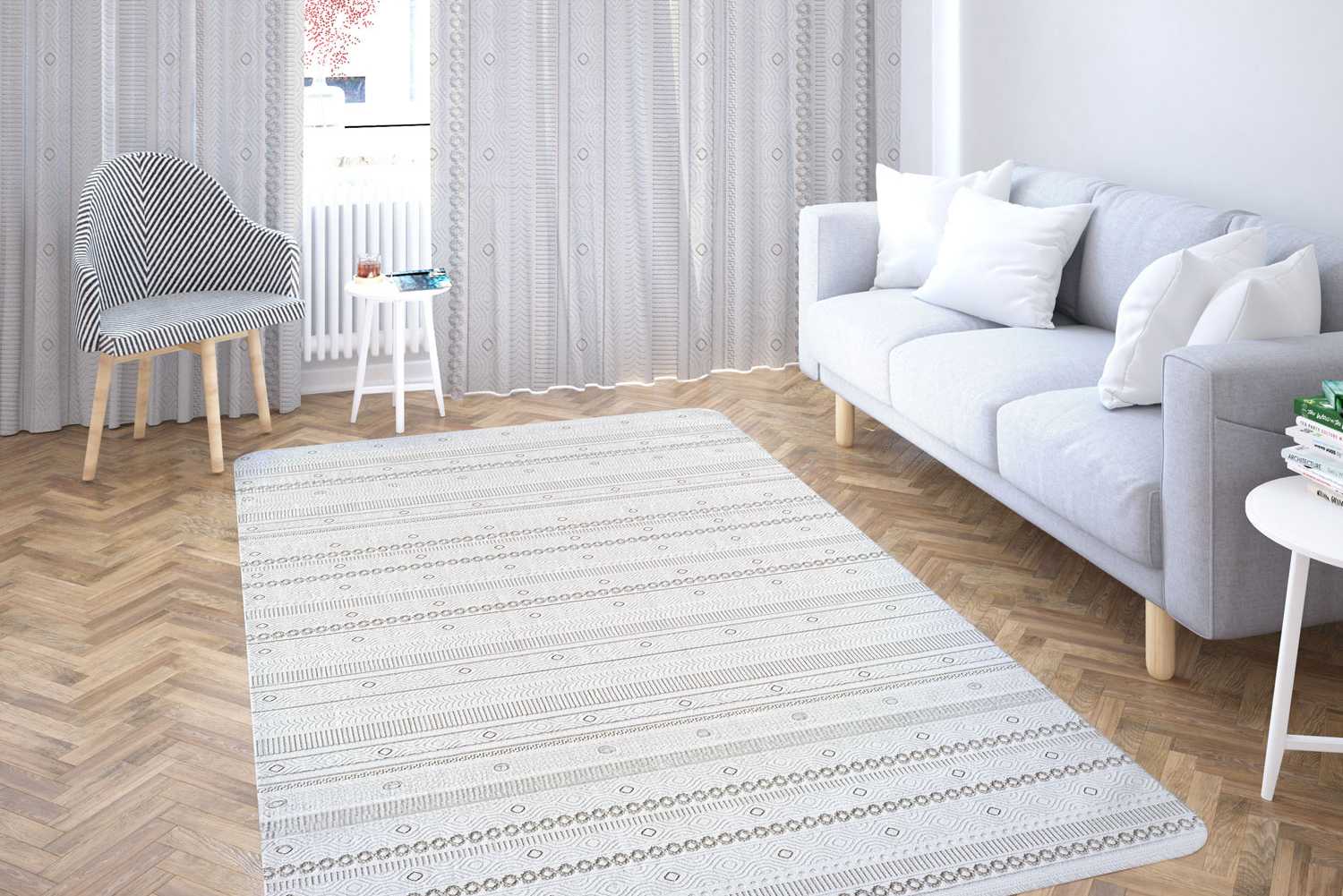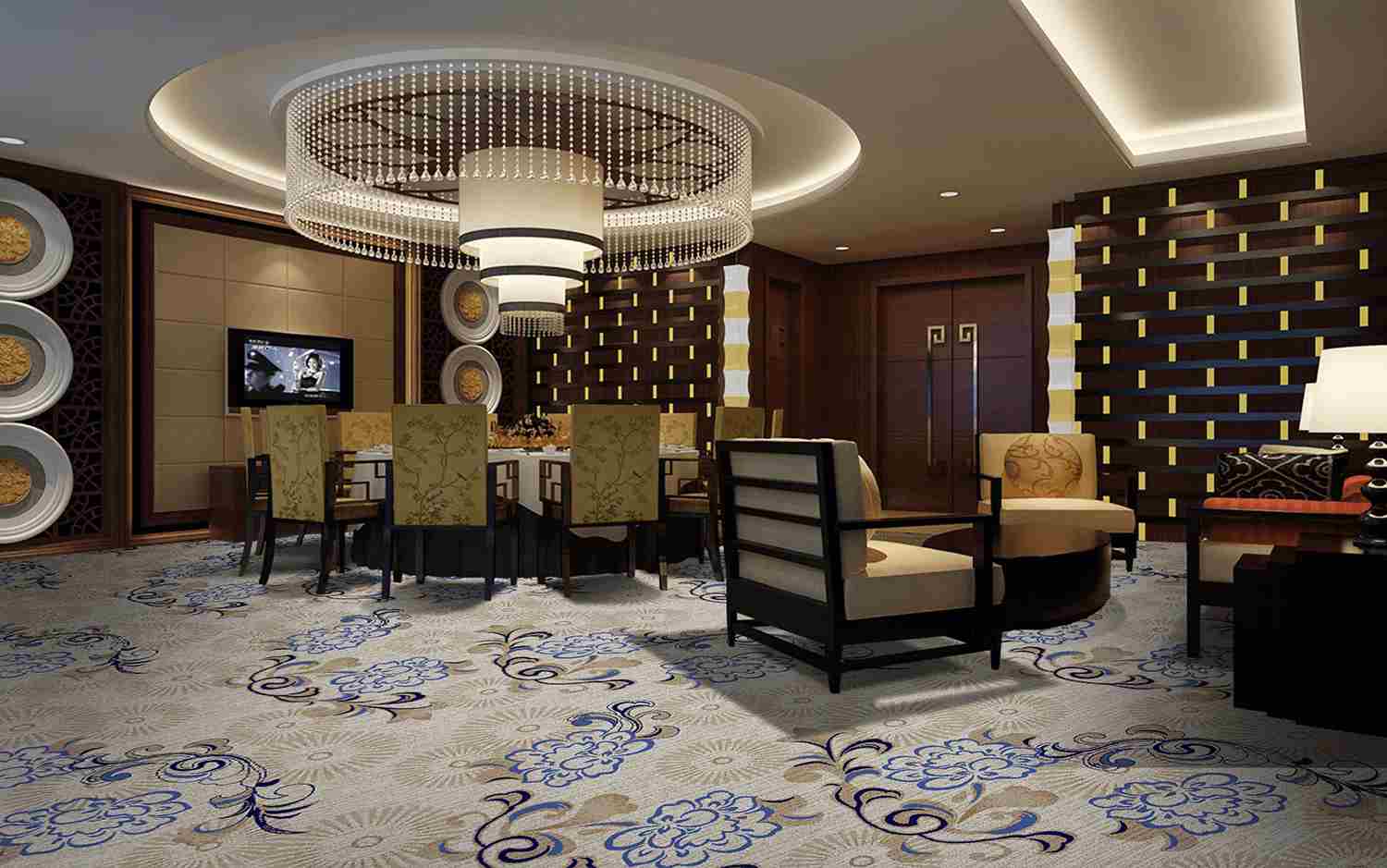 How to Choose the Right Color Palette for Your Mosque Carpet
How to Choose the Right Color Palette for Your Mosque Carpet
Indeed, the selection of colors and patterns for mosque carpets plays a crucial role in creating a serene and awe-inspiring atmosphere. Here are a few considerations to keep in mind:
- Lighter Colors for Spaciousness: If the mosque has limited space, choosing light-colored mosque carpets can help create an illusion of spaciousness and brightness. Light colors can make the prayer area appear larger and more open.
- Harmony with Interior Design: The mosque carpet should harmonize with the overall interior design of the mosque. Consider the existing color scheme, architectural elements, and decorative motifs when selecting the color and pattern of the carpet. This ensures a cohesive and visually appealing environment.
- Reflecting Peace and Tranquility: Opt for colors and patterns that evoke a sense of peace, tranquility, and spirituality. Soothing colors like light blues, greens, and neutrals are often preferred for creating a calming atmosphere. Patterns inspired by nature, such as floral motifs or flowing designs, can also contribute to the overall peaceful ambiance.
- Consider Cultural and Traditional Elements: Mosque carpets can incorporate patterns and motifs that are culturally significant and representative of Islamic traditions. These elements can add a touch of cultural richness and authenticity to the mosque's interior.
- Balance and Simplicity: It is important to strike a balance between visual interest and simplicity. Avoid overwhelming or overly complex patterns that may distract worshippers during prayer. Opt for elegant and understated designs that contribute to a focused and serene environment.
By considering these factors and working closely with a mosque carpet supplier or manufacturer, you can select a carpet that not only enhances the visual appeal of the mosque but also promotes a tranquil and awe-inspiring atmosphere for worshippers.
The Symbolism of Colors in Islamic Culture
Colors hold significant symbolism in Islamic culture, and they often carry spiritual, cultural, and historical meanings. While interpretations of color symbolism may vary across different regions and traditions, here are some commonly recognized associations:
- Green (Al-Khudr): Green is considered a sacred color in Islam and is associated with Prophet Muhammad. It symbolizes fertility, life, renewal, and paradise. Green is often used in mosque decorations, carpets, and calligraphy.
- White (Al-Abiadh): White represents purity, cleanliness, and innocence. It is associated with holiness and is commonly worn during religious rituals and pilgrimages. White is also used in mosque architecture and attire for special occasions.
- Black (Al-Aswad): Black signifies humility, simplicity, and mourning. It is often associated with piety and is worn during times of mourning or as a mark of humility. The black cloth covering the Kaaba in Mecca holds great significance.
- Blue (Al-Azraq): Blue symbolizes the divine and is associated with spirituality, protection, and heaven. It represents tranquility, peace, and devotion. Blue tiles, calligraphy, and ornaments are commonly found in mosques.
- Red (Al-Ahmar): Red signifies power, strength, and passion. It is associated with vitality and is used in Islamic art and textiles. Red is also a color used during celebrations and joyful occasions.
- Gold (Al-Dahab): Gold represents wealth, opulence, and divine light. It symbolizes the majesty of God and is used in mosque decorations, calligraphy, and religious artifacts.
- Silver (Al-Fidda): Silver symbolizes purity, clarity, and sincerity. It is associated with beauty and is used in jewelry, mosque ornaments, and decorative items.
It's important to note that interpretations of color symbolism can vary within different cultural contexts and regional practices. Additionally, personal interpretations and symbolism may differ among individuals. Understanding the cultural and historical context of color symbolism can help appreciate its significance in Islamic art, architecture, and everyday life.
The Impact of Color on the Atmosphere of a Mosque
Absolutely, considering the features and interior architecture of the mosque is crucial when choosing the colors for the carpet. Here are some additional points to keep in mind:
- Compatibility with Tiles and Paints: Take into account the existing tiles, paints, and other decorative elements in the mosque. Choose carpet colors that harmonize and complement these elements, ensuring a cohesive and visually pleasing overall look.
- Integrity of Color Tones: Pay attention to the integrity of color tones throughout the mosque. The carpet color should blend well with the surrounding environment, including the walls, ceilings, and other decorative elements. This creates a harmonious and balanced atmosphere.
- Consider the Size of the Mosque: The size of the mosque can influence the color selection. For wide and spacious mosques that receive ample daylight, darker colors can be considered. These colors can add depth and richness to the overall ambiance.
- Lighting Conditions: Take into account the lighting conditions of the mosque. If the mosque receives abundant natural daylight, darker colors may be suitable as they can help create a warm and inviting atmosphere. In regions with less natural light or frequent cloudy weather, lighter colors are recommended to brighten up the space and create a more airy feel.
Ultimately, the goal is to create a serene and harmonious environment where worshippers can focus on their prayers. By carefully considering the features, architecture, lighting, and size of the mosque, you can choose carpet colors that enhance the overall aesthetic and contribute to a tranquil atmosphere.
What are the meanings of different colors in Islamic culture?
Indeed, the motifs used in Islamic art are diverse and influenced by various factors. Here are some key points to further understand the motifs in Islamic art:
- Religious Texts: Islamic art often draws inspiration from religious texts, particularly the Qur'an. Verses from the Qur'an, as well as other religious texts and prayers, may be incorporated into the design of artworks, including carpets. Calligraphy is commonly used to beautifully write and stylize these texts, adding a significant religious element to the artwork.
- Cultural Traditions: Islamic art is influenced by the rich cultural traditions of different regions and communities within the Muslim world. These traditions may incorporate specific motifs, patterns, and symbols that reflect the local culture. For example, motifs inspired by nature, historical events, or traditional symbols may be incorporated into mosque carpets and other art forms.
- Floral Motifs: Floral motifs are commonly used in Islamic art and can be found in various forms. These motifs can range from stylized and abstracted designs to more realistic depictions of flowers and plants. They symbolize natural beauty, growth, and life, and are often used to create intricate patterns in carpets, textiles, and ceramics.
- Geometric Motifs: Geometric patterns hold great significance in Islamic art. They are based on mathematical principles and are known for their precision and intricacy. Geometric motifs are used to create mesmerizing patterns that often repeat seamlessly across carpets, tiles, and architectural elements in mosques. These patterns symbolize the underlying order and harmony of the universe.
- Calligraphy: Calligraphy is a distinctive feature of Islamic art, and it plays a significant role in mosque carpet design as well. Arabic script, particularly verses from the Qur'an, is written in an artistic and stylized manner. The calligraphy itself becomes a decorative element and is integrated into the overall design of the carpet, adding a profound spiritual dimension.
By combining these different motifs, Islamic art creates a rich tapestry of symbolism, spirituality, and cultural expressions. These motifs not only beautify the art but also serve as a means to connect with Islamic principles, traditions, and a sense of awe and reverence towards Allah.
Examples of Beautiful Mosque Carpet Color Schemes
Here are a few examples of beautiful mosque carpet color schemes:
- Serene Blue and White: This color scheme combines shades of blue with white accents. The calming blue represents spirituality and peace, while white symbolizes purity and cleanliness. This combination creates a serene and tranquil ambiance within the mosque.
- Earthy Tones: A color scheme featuring earthy tones such as warm browns, beiges, and subtle greens can create a harmonious and grounded atmosphere. These colors evoke a connection to nature and symbolize stability and humility.
- Vibrant Jewel Tones: A combination of vibrant jewel tones like deep reds, royal blues, and rich greens can add a touch of opulence and regality to the mosque. These colors represent richness, spirituality, and a sense of divine beauty.
- Monochromatic Neutrals: Opting for a monochromatic color scheme using various shades of neutrals such as grays, creams, and beiges can create an elegant and sophisticated look. This scheme allows the mosque's architectural details and other decorative elements to stand out.
- Contrasting Black and White: A classic black and white color scheme provides a striking and visually impactful look. Black represents humility and simplicity, while white symbolizes purity. The contrast between these two colors creates a visually dynamic and contemporary atmosphere.
Remember, the choice of color scheme for a mosque carpet should align with the overall design, cultural context, and symbolism that resonates with the mosque's community. It is essential to consider the specific cultural and religious significance associated with different colors when selecting a color scheme that enhances the spiritual atmosphere of the mosque.
How can the color of a carpet affect the atmosphere of a mosque?
The color of a carpet can have a significant impact on the atmosphere of a mosque. Here's how different carpet colors can influence the overall ambiance:
- Serenity and Tranquility: Cool colors such as shades of blue and green have a calming effect on the atmosphere. They evoke a sense of serenity, peace, and tranquility, creating a soothing environment for worshippers. These colors can help in creating a meditative and spiritual atmosphere within the mosque.
- Warmth and Comfort: Colors in warm tones, such as shades of red, orange, and earthy browns, can add warmth and coziness to the space. They create a welcoming and comforting ambiance, providing a sense of community and unity among worshippers.
- Elegance and Grandeur: Rich and deep colors like burgundy, royal blue, or deep green can add an element of opulence and grandeur to the mosque. These colors create a regal atmosphere, symbolizing reverence and spirituality. They are often used in mosques with intricate architectural details and historical significance.
- Simplicity and Simplicity: Neutral colors like shades of white, cream, beige, and gray can create a clean and minimalist atmosphere. They enhance the sense of purity, simplicity, and humility. These colors are often used in contemporary or modern mosque designs, allowing other architectural elements or decorations to stand out.
- Balance and Harmony: A well-balanced color scheme that incorporates a mix of warm and cool colors can create a harmonious atmosphere. The right combination of colors can create a sense of balance, unity, and coherence in the mosque, promoting a feeling of peace and spiritual harmony.
It's important to note that the impact of carpet color on the atmosphere is not only influenced by the color itself but also by its combination with other elements in the mosque, such as the architectural design, lighting, and overall interior decor. The selected carpet color should be aligned with the mosque's cultural context, spiritual symbolism, and the preferences of the worshippers to create a harmonious and uplifting atmosphere for prayer and reflection.
Can I use multiple colors in my mosque carpet?
You can choose every color for your mosque carpets orders.
How do I choose the right pattern mosque carpet?
When choosing the pattern for a mosque carpet, it is important to consider the architectural features of the mosque and the overall aesthetic of the space. Here are some additional points to keep in mind regarding pattern selection:
- Simplicity and Clarity: Mosque carpets often feature patterns that are simple, clear, and easy to follow. This is because the primary purpose of the mosque is for prayer and worship, and the pattern should not distract or confuse worshippers. Patterns with clearly defined lines and minimal complexity are preferred to create a peaceful and focused atmosphere.
- Complementing the Mosque Architecture: The architectural style of the mosque can influence the choice of pattern for the carpet. If the mosque features intricate tilework or decorative elements, it may be more suitable to opt for a carpet with a low pattern or a subtle design. This allows the carpet to complement and not compete with the existing architectural features.
- Harmonizing Colors: To maintain visual harmony, the colors used in the mosque carpet pattern should coordinate with the overall color scheme of the mosque. When the colors of the carpet align with the paint and decorative elements in the mosque, it creates a cohesive and aesthetically pleasing environment. This attention to color coordination helps to maintain integrity and visual unity within the space.
- Consider Lighting Conditions: The amount of natural light the mosque receives should also be considered when selecting the carpet pattern. In spaces with limited daylight, it is advisable to avoid dark colors and complex patterns, as they can make the environment appear gloomy or crowded. On the other hand, in well-lit and spacious mosques, a wider range of patterns can be considered, providing more flexibility in pattern selection.
By carefully considering the architectural features, color scheme, lighting conditions, and simplicity of the pattern, a mosque carpet can be chosen that enhances the overall ambience of the mosque and facilitates a tranquil environment for worshippers.
How Can I choose the exact product for my orders?
Melikhan Carpets provides detailed service and is able to guide customers based on their specific needs and technical specifications. Offering different qualities based on a customer's specific quality sample is a valuable service that allows customers to choose the option that best fits their requirements.
Having the ability to discuss and share technical specifications with the company ensures that the customer's expectations are met, and the company can provide the appropriate guidance and recommendations. This personalized approach helps to ensure customer satisfaction and that the final product meets their desired specifications.
By offering various qualities and providing guidance based on the customer's specific requirements, Melikhan Carpets demonstrates a commitment to meeting customer needs and delivering a product that aligns with their expectations. This level of customer-centric service is crucial in providing a positive experience and building long-term relationships with customers.






